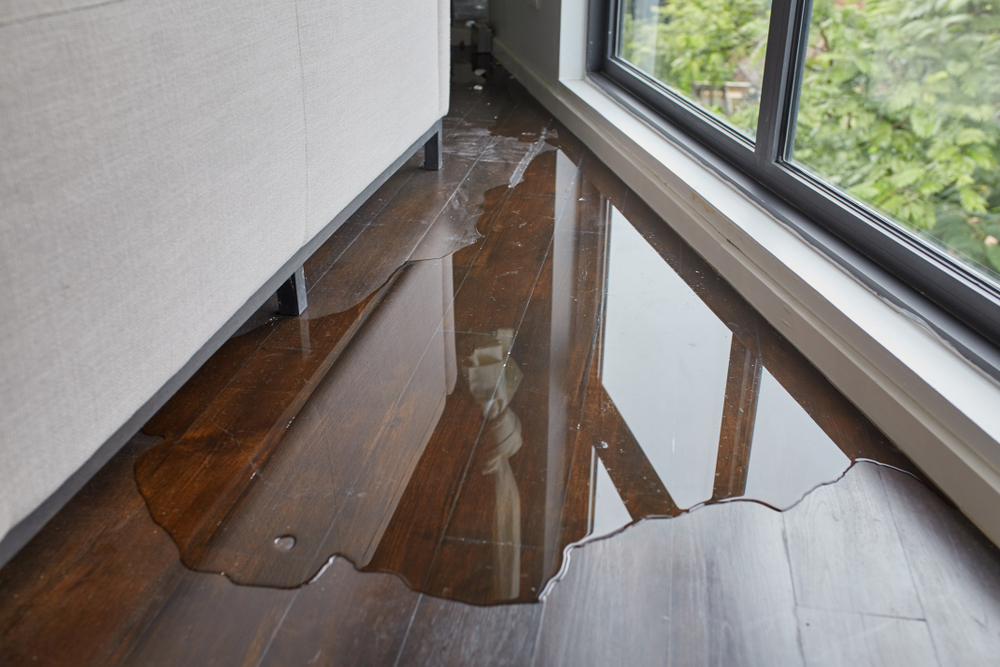How to Prevent Flooding in Your Home
Water is one of the most destructive forces on the planet. Unfortunately, your home is not excluded from the damage and destruction water can create.
That is why it is important to take preventative measures, now, to reduce your flooding risk and the level of water damage to your home. Keep these tips on how to prevent flooding in your home in mind as you make home improvements, landscape your lawn, and engage in seasonal cleaning activities inside and outside your home.
How At-Risk Is Your Home?
According to the Federal Emergency Management Agency (FEMA), as little as one inch of water in your home can easily cause $25,000 worth of damage. Higher levels of water are even more financially devastating to homeowners and renters alike. This is damage that is typically excluded from protection with a standard home insurance policy.
What is even more concerning is that you do not need to live in a flood zone for flooding to impact your home. In fact, flash flooding and water damage from other factors can be equally devastating to your finances and cause damage to irreplaceable family possessions like photographs, heirlooms, etc. Common causes of flooding for people who do not live near bodies of water like oceans, rivers, and lakes include the following.
- New construction that removes vegetation.
- Excessive rainfall that causes flash flooding.
- Melting snow and ice dams.
- Insufficient drainage.
- Inadequate pumps in crawl spaces and basements.
As you can see, you do not need to live near water to experience flooding in your home.

How to Prepare Your House to Resist Flooding
In addition to specific flood insurance protection for your home and possessions, there are other things you can do to protect your home from preventable flooding damage, including the following.
- Point downspouts away from your home. Additionally, clean downspouts and gutters regularly to ensure that debris doesn’t cause clogging that could render them ineffective.
- Clean out ditches and drains around your home so that they function at maximum efficiency to move water away from your home.
- Apply coatings and sealants strategically. When applied to your foundation, walls, windows, and doorways, sealants and coatings can help prevent floodwaters from entering your home.
- Place gate valves on your pipes. This is instrumental in preventing backflow from a flooded sewage system from getting into your home.
- Install foundation venting and use a sump pump to help remove excess moisture and prevent flooding.
- Evaluate your home’s drainage. This may require help from professionals to grade your lawn so that water drains away from your home rather than toward it.
While there are no guarantees when it comes to preventing flooding completely, the more steps you take to avoid flooding and safeguard your home and belongings, the better.
Does My Homeowners Insurance Cover Flooding?
The short answer is no. The average home insurance policy does not provide protection against flood damage to your home. You’ll need specific flood insurance to protect your home against flooding. Fortunately, it is not difficult to secure flood insurance for your home.
Do Your Best to Prevent Flooding, and Stay Protected Against It
Prevention is always the best cure. Even when it comes to flooding. Use the steps above to reduce your flooding risk and minimize water damage when flooding does occur. Additionally, contact Arnold Insurance today to discuss your concerns and to get insurance coverage to protect you and your home from its worst enemy – water, and the damage it causes.



